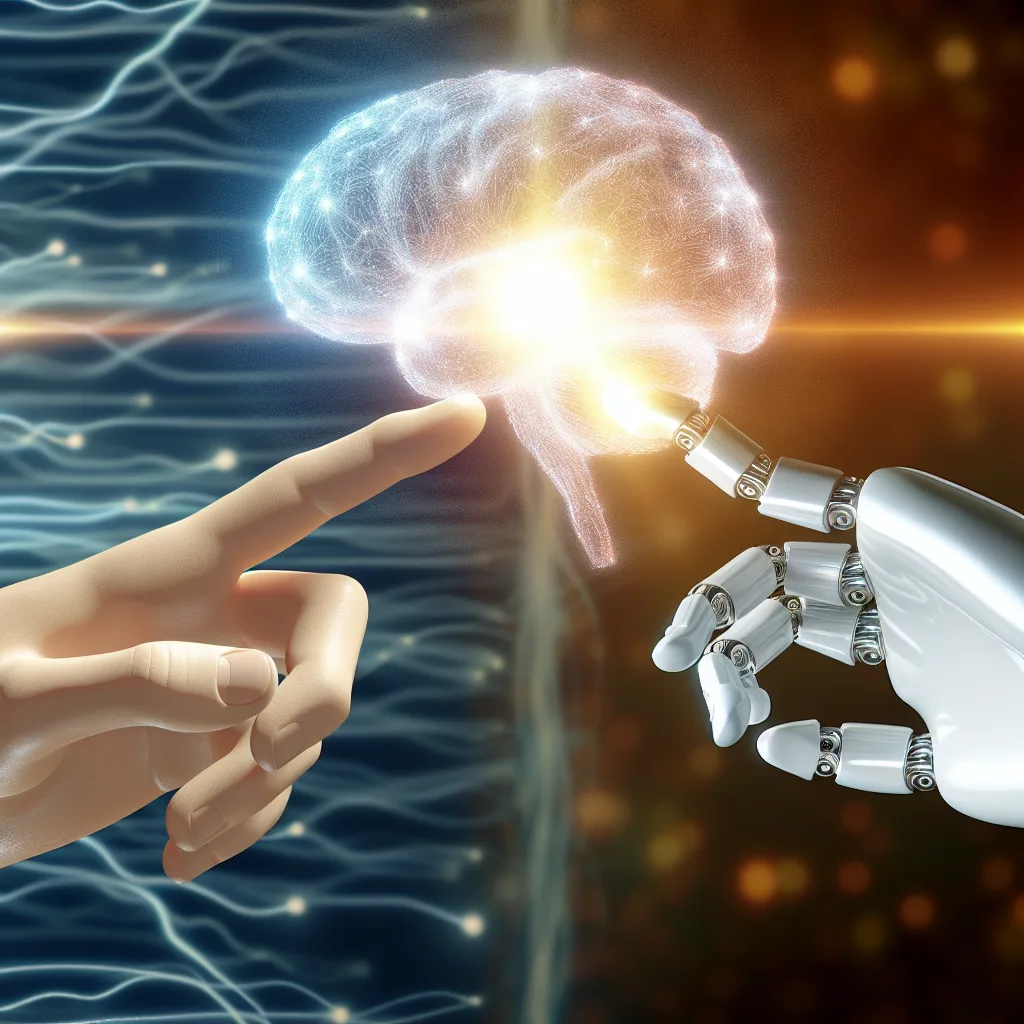Understanding the core of AGI and what it means for the future of intelligent machines
If you’ve ever wondered when artificial general intelligence (AGI) might become a reality, you’re not alone. AGI means a type of AI that can observe problems, design solutions, and adapt creatively much like a human does. Unlike the AI we use today, which is pretty specialized, AGI would be smart across a whole range of topics and skills — think a machine that could come up with a clever new idea and see the big picture like a savvy problem-solver.
What Exactly is Artificial General Intelligence?
Artificial general intelligence refers to an AI’s ability to grasp complex problems in daily life the way we humans observe and react. For example, entrepreneurs who founded companies like Uber or YouTube noticed a problem and created a solution that matched that need perfectly. An AGI would need to understand these problem-solution pairs naturally — not something out of a sci-fi script like time travel, but practical, real-world issues.
Spotting Problems: The First Step for AGI
The first big step for any AGI is being an “adroit observer.” This means the AI should be able to notice genuine problems without humans pointing them out directly. Imagine it identifying something about the way the world works that most people take for granted, then realizing it can be fixed or improved. It’s like having a friend who’s always spotting things you didn’t notice before.
Designing and Developing Solutions Autonomously
Next, an AGI would not just find problems but fully design and develop solutions from scratch. It would keep track of how the project is going and adjust as needed, all without needing people constantly stepping in to tell it what to do. At that stage, it’s creating with a map of the problem in its mind and knowing how far it’s gotten in the fix.
Collaborating With Humans Through Hints
But here’s the cool part: the final product from an AGI would still include humans, but instead of commanding or directing, people would give “hints” or subtle guidance. The AGI would present a problem or solution so clever or deep that we might not have seen it ourselves, and then adapt based on our input. Think of it like Einstein taking Maxwell’s laws further — inspired by human thought but taking creativity to new heights.
When Will We See This? The Reality Check
Right now, AGI is still a dream on the horizon. Researchers are making powerful AI models that excel at specific tasks, but they often compete based on certain technical benchmarks rather than true problem understanding or creativity. The really great programmers — and maybe one day AGIs — don’t just solve problems. They see problems in their full complexity and piece together creative solutions from deep theoretical knowledge.
While progress has been impressive, experts agree we’re likely years away from AGI that matches this definition. It’s tough not just because of technology but also because it requires new ways of thinking about intelligence itself.
If you’re curious to explore more about artificial general intelligence and the future of AI, check out resources from MIT’s AI research lab, the OpenAI blog, or the Allen Institute for AI. They’re at the forefront of turning these big ideas into reality.
Wrapping Up
Artificial general intelligence isn’t just about smarter machines — it’s about machines that think, observe, and create solutions with a kind of independence and creativity we only dream of so far. It’s a complex journey ahead, full of challenges in technology, creativity, and collaboration. But with each step, we get closer to a future where machines help us solve bigger and deeper problems in ways that surprise even us.
So, when is this going to happen? The honest answer is that it’s probably going to take some more time. But having these conversations, asking questions, and staying curious is the best part of exploring what’s next in AI.
